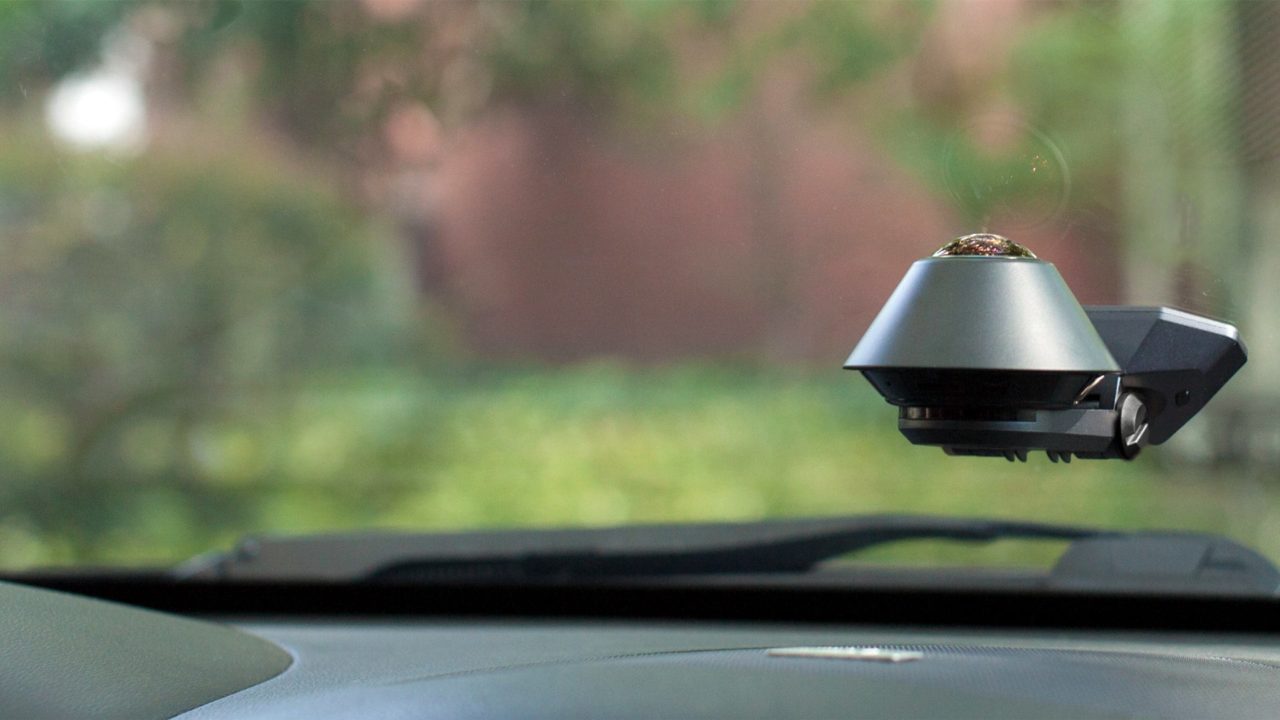Studies show that for operations with multiple vehicles on the road, installing driver cameras within those vehicles produces a significant improvement in safe driving, while also adding a layer of liability protection against false accident claims and the like.

But for fleets that are considering purchasing vehicle cameras, the question quickly emerges: which is the right camera system for my operation? Here are nine questions to ask yourself when thinking about installing driver cameras in your trucks:
- Will one vehicle camera work, or do we need auxiliary cameras that can capture views within and outside of the vehicle, such as side, dome or rear-view cameras?
- Do we need a driver camera that can also function as a vehicle tracking unit (all-in-one)?
- Do we need a dashboard-mounted driver camera (dash cam)?
- If so, do we need it to capture video of the road ahead of the vehicle, or of our employees within it…or both (front-vs. driver-facing)?
- Do we need to be able to access and view video clips within our fleet tracking software?
- If so, do we need to be able to view dash cam clips in real-time, or view historical (stored) video clips only?
- Do we need to be able to access live and stored dash cam clips from a mobile device like a smartphone or tablet?
- Are we looking for a small dashboard camera, one that will take up minimal space on the windshield?
- Do we need a vehicle camera that can also function as a security device, monitoring both the inside and the outside of the truck?
As you can see, vehicle camera solutions don’t come in “one size fits all.” It is recommended to choose a partner who can offer multiple driver camera solutions and configurations, and easily integrate them with your fleet management software.
Whatever functionality and configurations you need for your dash cam system, StreetEagle has you covered. Check out all of the StreetEagle LiveCam driver cameras here.
Das Medikament erwies sich in allen Altersgruppen als sicher und wirksam, auch bei Diabetikern und Patienten mit Rückenmarksverletzungen. Das Medikament wurde schließlich am 27. März 1998 von der FDA zugelassen. Es erhielt den Dort Namen Viagra, der sich aus den Worten “Vigor” (Kraft) und “Niagara” (Wasserfall in Amerika) zusammensetzt. Die Entwickler des Medikaments erhielten den Nobelpreis.

